10 Carbon Monoxide Myths & Misconceptions (Explained)
-
Pete Ortiz
- Last updated:
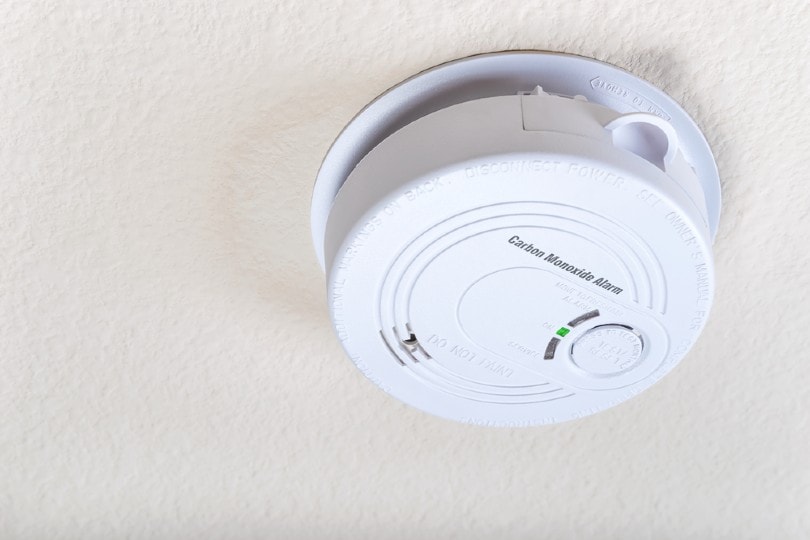
Also known as CO, carbon monoxide is an odorless, colorless gas. It is the byproduct of furnaces, stoves, engines, and even clothes dryers. This is a highly dangerous chemical that’s quick to fill our lungs. Poisonous by nature, it can take as little as five minutes to kill an adult man/woman. No matter how advanced your carbon detection/alarm system is, CO should never be taken lightly.
That’s why today, we want to introduce you to the most common misconceptions about carbon monoxide. In contrast to popular belief, this gas doesn’t smell, have physical symptoms, or become harmless when you open a door. Furthermore, sometimes it’s very hard to recover from it, both for a human and a pet. Alright, now let’s talk about the most prominent myths!
The 10 Biggest Carbon Monoxide Myths
1. It’s Not Really That Dangerous
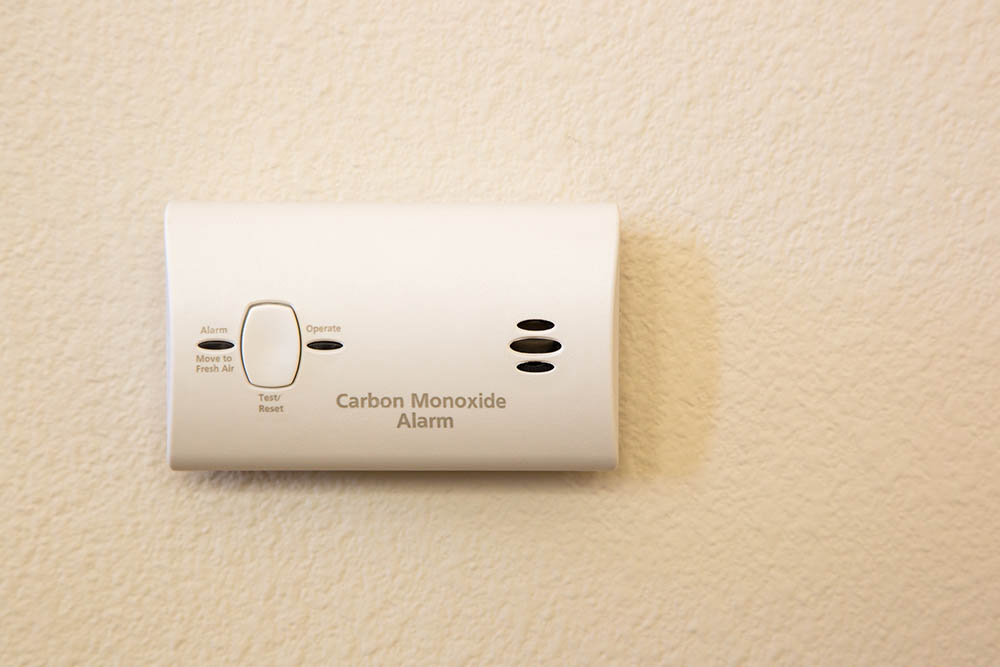
You can’t see, smell, or taste carbon monoxide, which is partially why some people believe it to be harmless. However, the fact that it’s largely invisible to the human senses turns it into one of the most dangerous chemicals out there. At low levels, it is, indeed, harmless (we’ll talk about that in more detail in a moment). But even if there’s a tiny leak in your heating equipment’s pipes, that will quickly lead to a disaster.
Again, it’s almost impossible to notice carbon monoxide buildup without proper equipment. That’s why you need to make sure that all the heating systems in your house operate like clockwork and there are no worn-out, cracked, or leaky pipes anywhere. Found a crack in one of the furnace pipes? Have them fixed ASAP!
2. You Can Expect a Speedy Recovery from CO
Sadly, that’s not always the case. True, most victims of CO poisoning do recover. However, they often go through a special treatment that takes time and effort. Furthermore, if that person has been exposed to carbon monoxide for a long period, it can lead to severe consequences like brain damage or worse. Once the levels of CO in our bodies reach a critical level, it’s almost impossible to recover from that fully.
Human organs can’t survive without oxygen. And when you breathe in carbon monoxide, it pushes all the air out, filling blood cells with poison. As a result, the heart and the brain don’t get nearly as much oxygen as they need, and that’s when you start to lose control. Essentially, the body “shuts down” and suffocates in 2–3 minutes.
3. Carbon Monoxide Doesn’t Have Physical Symptoms
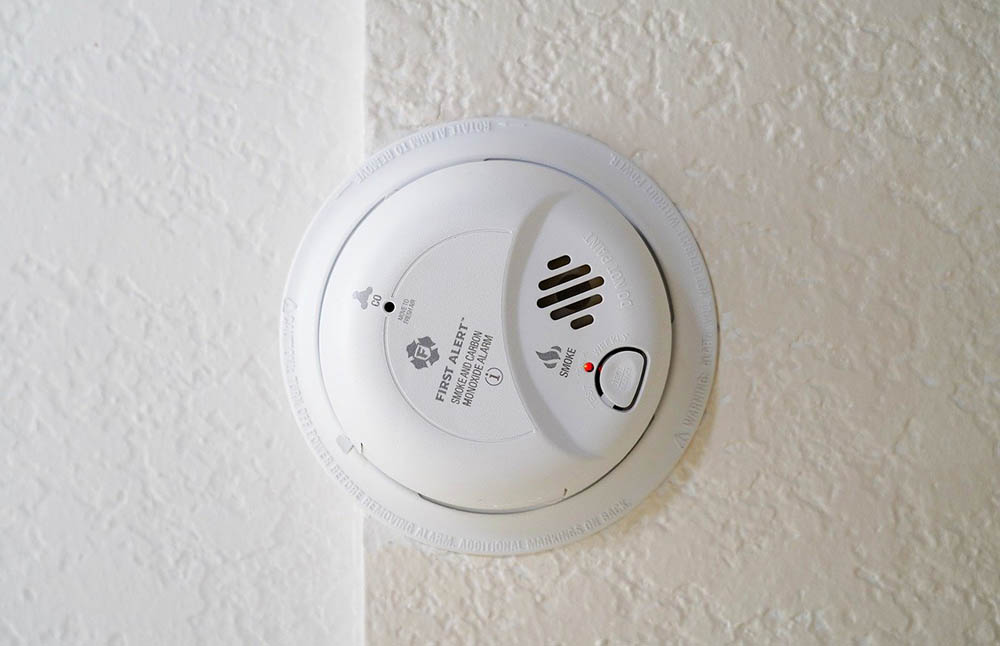
Fortunately, exposure to carbon monoxide does have several side effects. We say fortunately because these symptoms are the only things that warn us of high amounts of CO in the room/house. We’re talking about burning eyes, fatigue, nausea, and headaches. Sometimes, you may even lose consciousness, but only if the carbon monoxide levels spike within seconds.
If you’ve ever had the flu, then you already know what all these symptoms feel like. CO poisoning doesn’t come with a fever, though. More good news: unless you’ve been exposed to this chemical for a long time, all the symptoms will go away once you leave the house and get some oxygen back into your lungs.
4. You Can Smell Carbon Monoxide
There’s a common misconception that CO has a strong smell. Some people claim it has a sour odor, while others say it’s a sweet smell. None of that is true: carbon monoxide is odorless. If you smell something burning or you get that distinctive gas odor, know that the problem isn’t with a carbon monoxide leak. Most likely, the odors are coming from entirely different combustion byproducts (which can also be a problem, by the way).
5. CO Is Much Heavier Than Air
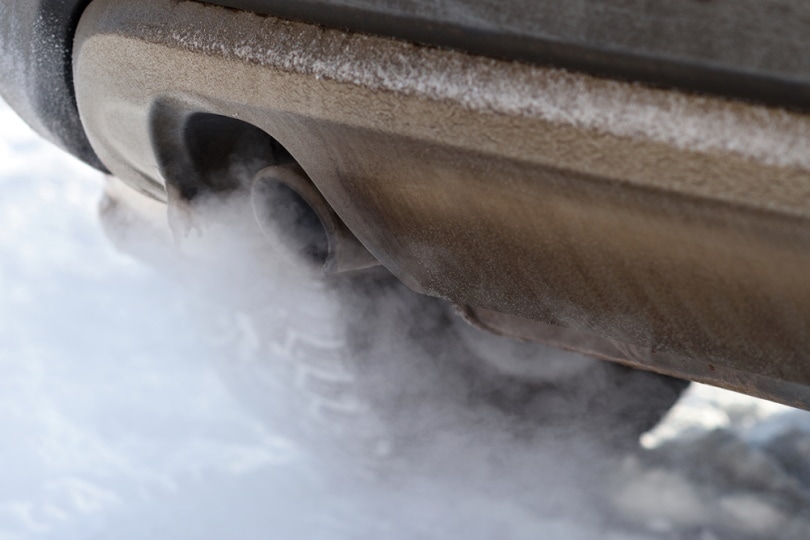
No, carbon monoxide is lighter than air. While the air’s molar mass is 28.8, CO weighs 28.01. Why should you care about this, exactly? Well, since carbon monoxide “hangs out” closer to the ceiling, wall detectors should be placed at least 5 feet above the ground. Otherwise, they won’t be able to protect you from rising CO levels. Also, never put a detector near a flame-burning/fuel-producing appliance.
It’s recommended to have one carbon monoxide detector on each floor. Don’t have that many yet? Then make sure to put that one unit in the bedroom and see that the alarm system isn’t set to silent mode (otherwise, it won’t wake you up). Don’t worry; the included instructions will tell you exactly how to set the system up.
6. Heating Systems Produce Carbon Monoxide
Not quite: if you take proper care of the heater stove or furnace and have an HVAC specialist run regular maintenance (at least once a year), you won’t have to deal with dangerous CO levels. Yes, these systems do burn fuel; however, they’re specifically designed to handle large amounts of carbon monoxide. So, make a habit of replacing the filters (at least once in 2–3 months) and keep the pipes in decent shape.
Leaks and clogging are one of the most common causes of abnormally high levels of carbon monoxide. Pay extra attention to the flue pipe. Its #1 job is to safely dispose of harmful fumes produced by burned/combusted fuel. If it’s rusted/cracked, go ahead and replace it. Or, better yet, call a local repair system and ask them to fix the pipe ASAP. Don’t try to patch it up!
7. You’re Safe From CO If There’s an Open Door
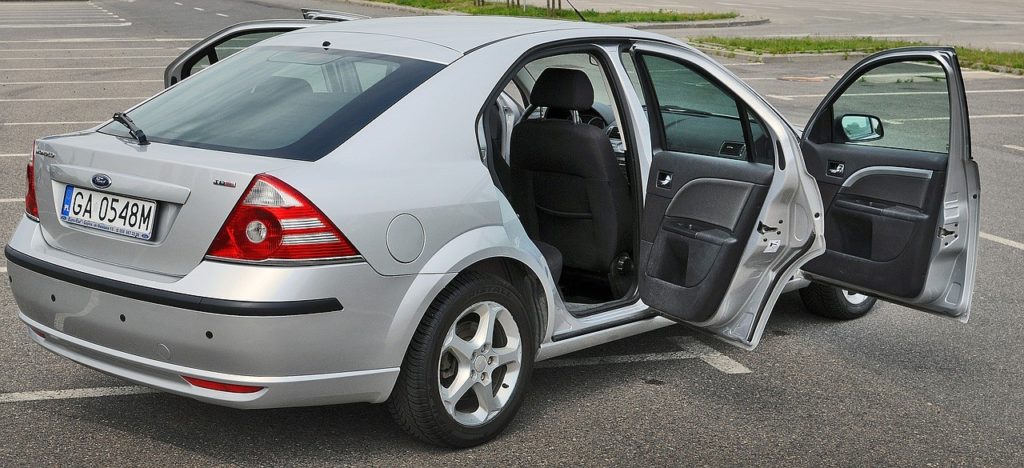
Do you like to fire up a gas/charcoal-powered barbeque in the garage? Unfortunately, that’s a very common practice in the US. We think that as long as the garage door is wide open, carbon monoxide won’t be an issue. But the truth is—CO often finds a way to leak into the kitchen, hallway, and bedrooms. Thus, even if carbon monoxide levels in the garage are low, the same can’t be said about the rest of the house.
This is why it’s not recommended to start a car’s engine in the garage, either. You may turn the motor on for a minute or two, but that’s it. If you need it to run for much longer, just drive out of the garage and get all the work done out in the open. This way, the carbon monoxide will get mixed with all the oxygen and dissipate.
8. No Need to Call 911 if the Alarm System Is Shutting Down
Carbon monoxide detection systems sound the alarm whenever CO reaches dangerous levels. And, you can manually program exactly when and under what conditions the system should activate itself. In most cases, the alarm system turns itself off as soon as you open a window/door. That doesn’t mean you’re safe, though. First, you have to get every human and animal out of the house.
Second, dial 911 and tell the dispatcher what kind of emergency you’re dealing with. Don’t go back into the house even for a brief moment unless the emergency team has eliminated the leak/CO source. Even then, open every single door and window for at least a couple of hours for proper ventilation. Finally, reset the alarm system.
9. A CO Alarm System Is All the Protection You Need
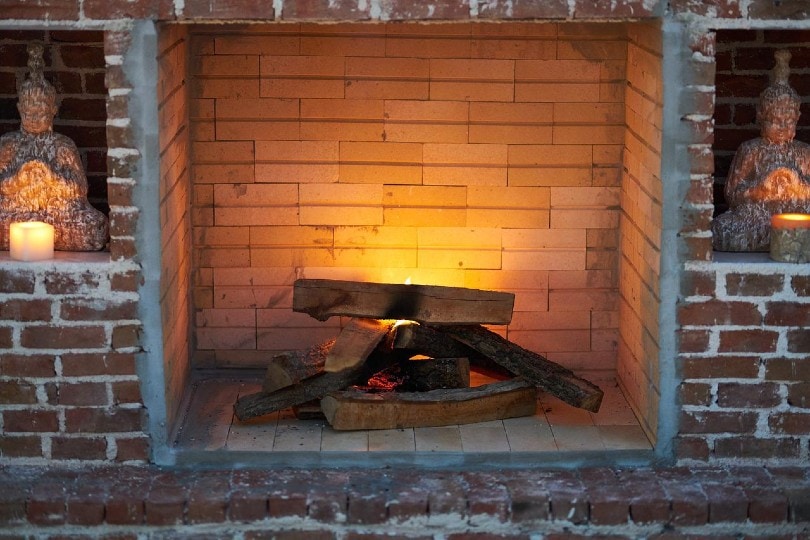
If there’s a natural gas-powered furnace, fireplace, or any appliance that burns fuel in the house, it’s mandatory to have a CO alarm system up and running. And yes, it will be your biggest ally against carbon monoxide. Still, don’t underestimate the importance of regular inspections. A certified specialist will check all the pipes and vents and tell you if there’s a problem (and how to solve it).
A quick note: if you live in an old house, chances are, your CO alarms are also outdated. And, since low volumes of CO are always in the air, sometimes, that can trigger the detectors. While you should always take this seriously and evacuate the house with your whole family, it would be best to install a newer system. With it, you’ll know for sure that the carbon monoxide sensors won’t sound any false alarms.
10. There Is No Treatment for CO Poisoning
A person that’s been exposed to a lethal dose of carbon monoxide might not recover from it. But, there are still certain procedures that can help you get back on your feet. Mainly, we’re talking about using oxygen bags and facemasks that quite literally pump the patient’s lungs with oxygen. The doctors will also check the level of CO in the blood system to make sure the threat is gone.
In an extreme situation, the patient might be placed in a hyperbaric pressure chamber to save their life. The machines attached to the chamber are capable of supplying high levels of pure oxygen into the body to feed the blood cells and push carbon monoxide away.
Carbon Monoxide Poisoning: The Most Common Signs
So, how do you know that you’ve been exposed to CO? What are the most common symptoms? As mentioned, a strong headache is probably the first thing that you’ll feel when monoxide enters your lungs. Fatigue and nausea will quickly follow. The worst thing about these side effects is they’re not that severe at first. However, if you don’t leave the room/house immediately, that can lead to death.
Do you feel dizzy all of a sudden? Or maybe you’re having a hard time breathing with full lungs? Fainting, muscle weakness, chest pain, vomiting, pain in the abdominal area, and even hallucinations are also among the symptoms of CO poisoning. The second you feel any of these, open the closest window. The sooner you get some fresh air, the easier it will be to avoid long-term side effects!
How Fast Does Carbon Monoxide Kill?
When an individual is exposed to a high concentration of this deadly chemical, it kills them in less than five minutes. Lower levels of carbon monoxide will take more time to damage the body, which means you’ll have a higher chance of dodging undesirable consequences. Speaking of that, the negative impact on your health will only take effect if you’re exposed to more than 9 ppm CO for 8 hours.
Remember: 0–9 ppm poses no risk to a human’s health. In contrast, 10–29 ppm CO will cause nausea, headaches, and other minor side effects. The higher the concentration of carbon monoxide, the faster the side effects will develop and the more serious they’ll be. This is important: physical exertion (carrying heavy stuff, handling construction tools, or even working out) weakens the body against CO exposure.

What Causes CO Poisoning In the First Place?
When there’s a lack of oxygen, fossil fuels don’t burn out completely, and that’s when CO is released into the air, along with carbon dioxide, heat, and water. Properly-working appliances (water heaters, space heaters, grills, stoves, generators, engines, and all the other gasoline-powered tools) burn every single bit of gas. True, there will still be some CO produced, but it won’t be nearly enough to pose a threat to your health.
In contrast, when there’s a shortage in oxygen (fuel simply won’t burn when there’s no oxidizer to start the combustion reaction) or if the burning process is stalled, the CO levels spike. And when we inhale carbon monoxide, it ties itself to hemoglobin and supersedes the oxygen in the lungs. Eventually, the body runs out of it completely!
Conclusion
Carbon monoxide is a natural “silent killer”. It kicks in swiftly and can take someone’s life away in their sleep. Thankfully, there are tried-and-true remedies against it. While this can be a tedious task, you should always check your furnace, stove, and gasoline engine for any signs of worn-out or clogged pipes. Also, keep the list of the most common symptoms and side effects close.
CO leaks happen in the blink of an eye and can be deadly even when you have all the doors/windows in the house wide open. Since you can’t smell or see it, you need to be very careful and follow the golden “better safe than sorry” rule. Install an alarm system, share this guide with your loved ones, and stay safe!
- EMedicineHealth – Carbon Monoxide Poisoning
- Carbon Monoxide Poisoning: Health Effects (AEN-166)
- Cleveland Clinic – Carbon Monoxide Poisoning
- EPA – What is the average level of carbon monoxide in homes?
- Where should I place a carbon monoxide detector?
- National Library of Medicine – Carbon monoxide
- CARBON MONOXIDE – The Silent Killer
- Carbon Monoxide – MYTHS AND MISCONCEPTIONS
- Carbon Monoxide Facts, Myths & Tips
- SensorCon – CARBON MONOXIDE FACTS & MYTHS
- FDA – Hyperbaric Oxygen Therapy: Get the Facts
Featured Image Credit: Leena Robinson, Shutterstock
Contents



